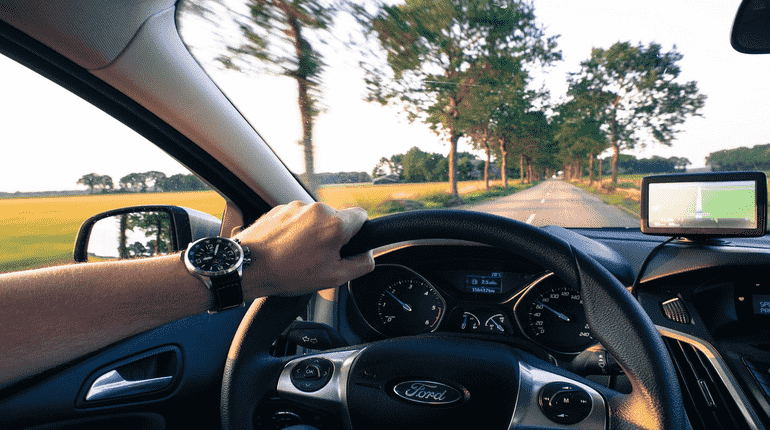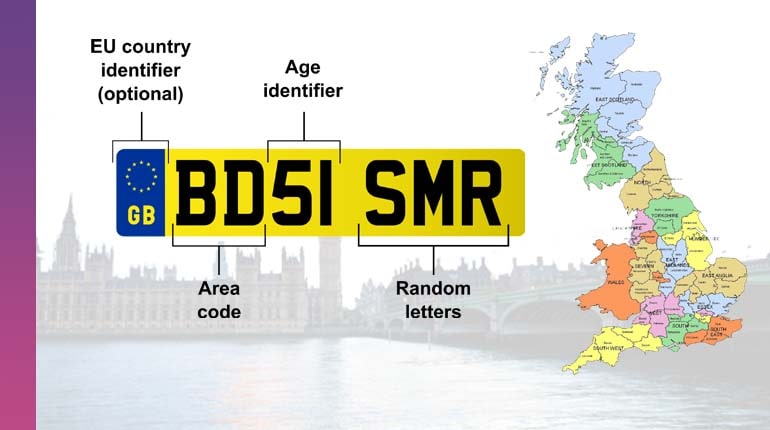In the US and UK, driving laws can sometimes differ significantly—from speed limits to vehicle safety standards. So, knowing these differences isn’t just useful; it’s essential for safe driving.
Understanding these variations could save you from costly fines or dangerous mistakes.
Table of contents
Driver Licence Requirements
In the US, driver licensing requirements vary by state. You typically start with a learner’s permit, followed by a road test to earn your licence. The age for obtaining a licence ranges from 16 to 18.
Meanwhile, in the UK, you begin with a provisional licence at 17 and must pass both theory and practical tests. Each stage is highly standardised across the country.
Driving lessons often involve professional instructors in both regions but with notable differences in practice hours required before testing. For instance, in the US, states like California mandate a minimum of 50 hours of supervised driving, including 10 hours driving at night. However, in the UK, there’s no official hourly requirement. But on average, new drivers take around 45 hours of professional lessons plus an additional 20 hours of practice with a supervising driver.
Speed Limits
In the US, speed limits vary by state and road type. Highways generally allow 55 to 70 mph, but in some rural areas, limits can reach up to 85 mph. Enforcement often involves radar guns and speed cameras.
The UK adopts a more uniform approach with urban roads capped at 30 mph, while motorways usually allow up to 70 mph. Speed cameras are widespread on major routes.
Penalties differ significantly too. In the US, fines and points that are added to your licence depend on state laws. In the UK, exceeding the limit typically results in fixed penalties or court summons for severe cases.
Vehicle Safety Standards
In the US, vehicle safety standards are regulated by the National Highway Traffic Safety Administration (NHTSA). All vehicles must pass stringent crash tests and meet specific criteria for airbags, seat belts, and other safety features. These regulations ensure cars are built to protect occupants during accidents.
The UK follows guidelines set by the European Union’s General Safety Regulation. This includes advanced requirements like automated emergency braking systems and lane-keeping assistance.
Another notable difference is the annual MOT test in the UK for vehicles over three years old, ensuring ongoing compliance with safety standards. Some US states require similar inspections but not uniformly across all regions.
Perhaps that is one reason why – taking population differences into account – the US has a much higher car accident rate than the UK.
Also, it’s worth noting that healthcare is free in the UK, thanks to the National Health Service, while it isn’t generally free in the US. That means more lawsuits are filed after car accidents in the US, as those who are injured due to another driver’s negligence or recklessness can seek compensation to cover the costs of their medical bills (and other things, such as lost wages due to their injuries).
If you’re involved in a car accident in, say, South Bend, Indiana in the US, make sure you compile a car accident claim with the assistance of an experienced lawyer, as they will be able to help you optimise your potential compensation outcome.
Traffic Violations and Penalties
In the US, traffic violations such as speeding, running red lights, or DUI offences can lead to fines, points on your licence, or even jail time. The severity of penalties varies by state; for instance, California imposes steep fines and potential licence suspension for repeat offenders.
The UK employs a points-based system where accumulating 12 points within three years results in a driving ban. Common offences like speeding incur fixed penalties of £100 and 3-6 points.
Moreover, in the UK, cameras enforce many traffic laws; including bus lane restrictions and congestion charges in cities like London. This automated enforcement contrasts with more patrol-based methods prevalent in parts of the US.







